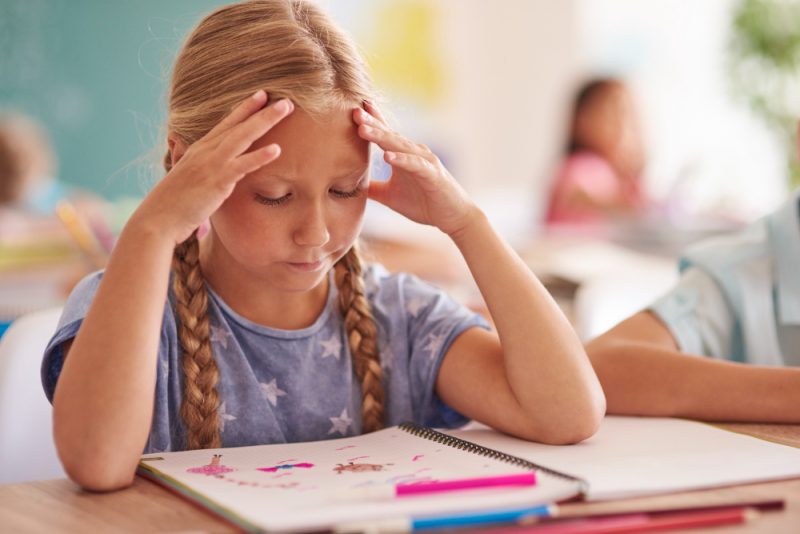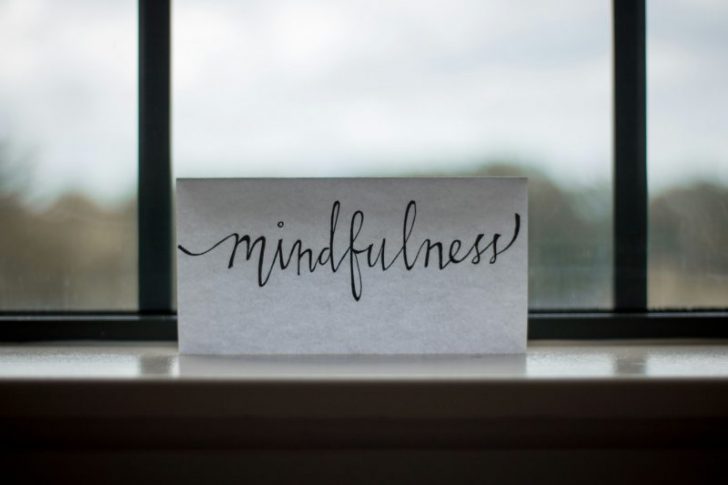
Do Students Actually Learn Anything in School?

Mindfulness is now a regular part of school life for over a million students in the U.S. It promises to help kids manage stress, stay focused, and feel better emotionally. Sounds great, right? But the problem is that no one is totally sure what kids are actually learning from it.
The practice is showing up in classrooms, gym periods, and counseling sessions, especially in elementary schools. Teachers are leading breathing exercises, body scans, and guided meditations. Still, the big question hangs in the air. Are these kids walking away with real tools they can use? Or, is mindfulness just another shiny new thing schools are trying?
What Does Mindfulness Look Like in Schools Today?
Walk into many U.S. schools, and you will see mindfulness woven into the school day. Some kids start the morning with three deep breaths. Others spend 15 minutes in full meditation. Some schools build entire programs around it, while others toss in a quick breathing break before math tests.
Some programs are tightly scripted with detailed lessons and goals. Others are more freestyle, depending on the teacher’s comfort or what YouTube video is playing that week. In short, mindfulness is happening. But it is happening in lots of different ways, and that is part of the problem.

Lesly / Unsplash / Mindfulness means paying attention on purpose, without judgment, and staying in the moment. It is about noticing your thoughts and feelings instead of getting swept away by them.
Jon Kabat-Zinn, a major voice in the field, calls it “a way of being,” not just a technique.
In schools, mindfulness includes simple stuff like breathing exercises, guided meditations, and even mindful walking or stretching. But here is where it gets tricky: Doing a breathing exercise doesn’t automatically make a student more mindful. There is a big difference between doing the practice and actually building the skill.
Schools Have a Different Approach
One school’s mindfulness program might focus on movement and relaxation. Another might teach students about how their brain reacts to stress. Some emphasize kindness and empathy. Others lean hard on self-focus and attention training.
This variety makes sense as different schools have different needs. But it also makes it hard to know what is working. Researchers can’t compare results when the programs are all over the map. And schools can’t be sure what benefits they will get without a clear roadmap.
How Much Mindfulness Is Enough?

Freepik / Mindfulness has been linked to better focus, stronger memory, and improved planning skills. All of these help kids learn more easily.
Some programs last five weeks, others all year. Some offer daily practice, and others check in once a month. This huge range means students are getting very different experiences. It also raises questions: Is five minutes a day enough? Does it only work if you practice every week? No one knows for sure.
However, who teaches the program also matters. Some schools hire trained mindfulness instructors, while others ask regular teachers to lead sessions after a short workshop. This can change the entire vibe of the program. A teacher who believes in the practice and uses it personally might deliver it more effectively than one who just checks a box.
One massive study of over 12,000 students showed mindfulness training boosted executive function and attention.
Still, when it comes to actual grades and test scores, the connection is less clear. Students might be more focused in class, but that doesn’t always translate to higher math scores. It seems mindfulness creates the conditions for learning, but it is not a magic bullet for academic success.
More in Life Hacks
-
`
How A Family Crisis Pushed Brad Pitt to Quit Drinking
Brad Pitt hit a wall in 2016. The actor, known for his cool demeanor and A-list charm, found himself in the...
July 27, 2025 -
`
This New York-Based Startup Has Cool Ways of Quitting Cigarettes, Vaping & Zyn
Quitting cigarettes, vaping, and Zyn has always felt clinical, awkward, and kind of lame. But Jones, a New York-based startup, is...
July 18, 2025 -
`
Inside Gwen Stefani’s Life With Her “Greatest Love” Blake Shelton
Gwen Stefani kicked off Blake Shelton’s 49th birthday in the most personal way possible. On June 18, 2025, she shared a...
July 11, 2025 -
`
What Is the Science Behind Out-of-Body Experiences (OBEs)?
Out-of-body experiences, or OBEs, sound like science fiction. But they are real, at least to those who experience them. OBEs involve...
July 5, 2025 -
`
Why Will Smith Regrets Rejecting a Starring Role in “Inception”
Will Smith once passed on a role that would go on to define sci-fi cinema. In a rare moment of honesty,...
June 29, 2025 -
`
5 Things Millionaires Are Doing With Their Money in 2025
Money doesn’t sit still when you are rich. Millionaires don’t hoard it, they grow it. Every dollar has a job to...
June 21, 2025 -
`
‘Living Room Kid’ vs. ‘Bedroom Kid’: The Difference & Parenting Tips
Parenting means learning the little clues that show how your child feels. One major clue? Where your kid spends most of...
June 13, 2025 -
`
5 Ways Morning Meditation Can Boost Your Mental Health
Morning meditation is backed by science and proven to make your brain and body feel better. Right after you wake up,...
June 8, 2025 -
`
Top 10 Best-Dressed Celebs at the 2025 Cannes Film Festival
The 2025 Cannes Film Festival is turning up the glam, but not without surprises. Just a day before the premieres began,...
May 30, 2025















You must be logged in to post a comment Login